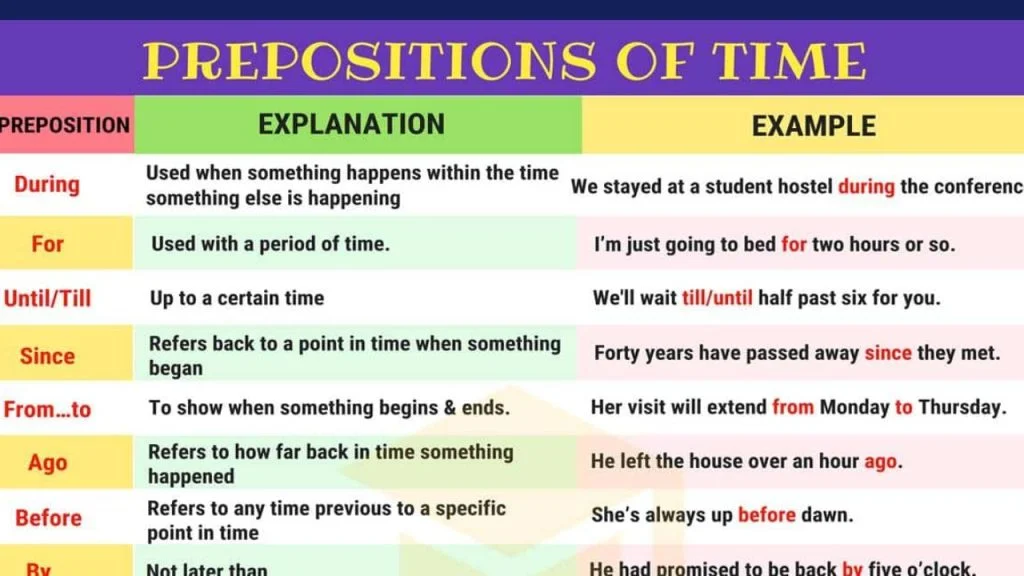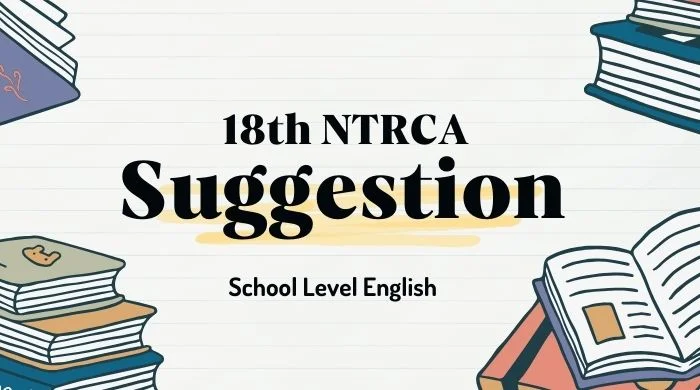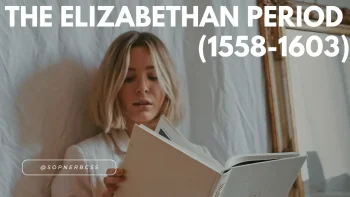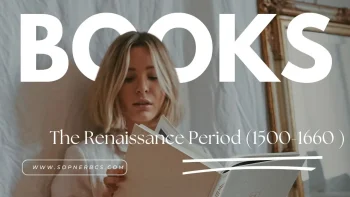Navigating the world of preposition before date can be a complex and nuanced endeavor. From crafting the perfect message on a dating app to choosing the ideal location for a first date, every detail counts. Yet, one aspect of dating that often goes overlooked is the use of preposition before date. While it may seem like a minor detail, the choice of preposition can significantly impact the way your message is received and set the tone for the date itself. In this article, we will explore the art of choosing the right preposition before a date, helping you make a positive impression and set the stage for a successful romantic encounter.
The Power of Prepositions & Use of Preposition Before Date
Before we delve into the specifics, it’s essential to understand the significance of prepositions in communication. Prepositions are words that establish relationships between different elements in a sentence. They indicate location, time, direction, and more. When it comes to dating, the preposition you choose can convey a range of meanings and emotions. Let’s look at some common prepositions used before dates and their implications:

- “At”: Using “at” before a date suggests a specific location or venue. It implies that you have already chosen a place and are inviting your date to meet you there. This can be a good choice if you want to express decisiveness and take charge of the date planning.
Example: “I’d love to meet you at the new coffee shop downtown on Friday.”
- “On”: “On” is a versatile preposition that can be used for both specific and general date invitations. It is often associated with a particular day of the week or a special occasion.
Example: “How about we go out on Saturday night?”
- “For”: Using “for” before a date emphasizes the experience or activity you’ll share together. It suggests that the focus is on what you’ll do rather than where you’ll go.
Example: “I’d like to take you out for dinner and a movie.”
- “With”: “With” is used when you want to emphasize the company of your date. It highlights the person you’ll be spending time with, making it a warm and inviting choice.
Example: “I’d love to spend Saturday evening with you.”
- “To”: “To” implies movement toward a destination, which can add an element of anticipation and excitement to your invitation.
Example: “Let’s go to that new art exhibit next Friday.”
Choosing the Right Preposition Before Date
Selecting the appropriate preposition depends on your communication style, the level of formality you desire, and the impression you want to make. Here are some tips to help you choose the right preposition before date:
- Consider Your Relationship: Think about your current relationship with the person you’re asking. If it’s a first date, you might want to choose a preposition that conveys a sense of curiosity and openness, such as “for” or “with.” For a more established relationship, “at” or “to” can work well.
- Be Clear and Specific: If you already have plans in mind, use prepositions like “at,” “to,” or “for” to provide clarity about the date’s details. This shows that you’ve put thought into the invitation.
- Gauge Their Preferences: Pay attention to the language your date uses when communicating with you. They may drop hints about their preferences regarding date planning and prepositions.
- Flexibility Is Key: Be open to negotiation and compromise. If your date suggests a different preposition, consider their perspective and be willing to adapt.
Use of Prepositions with Examples
Prepositions are essential parts of speech that indicate relationships between nouns (or pronouns) and other words in a sentence, such as nouns, verbs, or adjectives. Here are some common prepositions with examples of how they are used: preposition before date:
- In: Used to indicate location or position within a space.
- She is in the room.
- The book is in the bag.
- On: Used to indicate location on a surface or a specific day.
- The pen is on the table.
- We’ll meet on Friday.
- Under: Indicates location beneath or below something.
- The cat is hiding under the bed.
- The treasure is buried under the sand.
- Above: Indicates a higher position or something being higher than another.
- The bird is flying above the trees.
- The temperature is above freezing.
- Beside: Indicates being next to or at the side of something.
- She sat beside her friend in class.
- The park is beside the lake.
- Between: Used to indicate a relationship or location in the middle of two things.
- The restaurant is between the bank and the post office.
- Choose between these two options.
- Among: Indicates being in the midst or surrounded by a group.
- He is well-liked among his colleagues.
- Find the red flower among the others.
- At: Used to specify a particular time or place.
- They will meet at 2:00 PM.
- I’m waiting at the bus stop.
- By: Indicates proximity or a method of doing something.
- The library is by the park.
- Send the report by email.
- For: Used to indicate purpose, duration, or recipient.
- This gift is for you.
- We’ll be on vacation for two weeks.
- With: Indicates being in the company of someone or possessing something.
- She went to the party with her friends.
- I have a meeting with my boss.
- Through: Indicates movement from one side or end to another.
- He walked through the forest.
- She read the book through the night.
- To: Indicates movement toward a destination or a recipient.
- They are going to the beach.
- Give the letter to Sarah.
- For: Indicates purpose or reason.
- I bought this gift for her birthday.
- He went to school for education.
- After: Indicates the time following an event or action.
- They went for ice cream after dinner.
- I’ll call you after the meeting.
- Before: Indicates the time prior to an event or action.
- Be ready before 5:00 PM.
- We should finish before dark.
These are just a few examples of how prepositions are used in English. Prepositions are versatile and can have various meanings depending on the context in which they are used, making them an important part of language comprehension and communication.
Read a paragraph on Dengue Fever
To Sum Up Preposition Before Date
In the world of dating, every word and detail counts, and prepositions are no exception. Choosing the right preposition before a date can convey your intentions, set the tone, and ultimately contribute to a successful and enjoyable romantic encounter. Whether you opt for “at,” “on,” “for,” “with,” or “to,” the key is to communicate your interest and enthusiasm clearly while respecting your date’s preferences. So, go ahead and master the art of choosing the right preposition, and watch your dating experiences become more enjoyable and meaningful.
 Sopner BCS Sopner BCS: We fuel your BCS dreams
Sopner BCS Sopner BCS: We fuel your BCS dreams





Its really helpful content. Thanks for your sharing